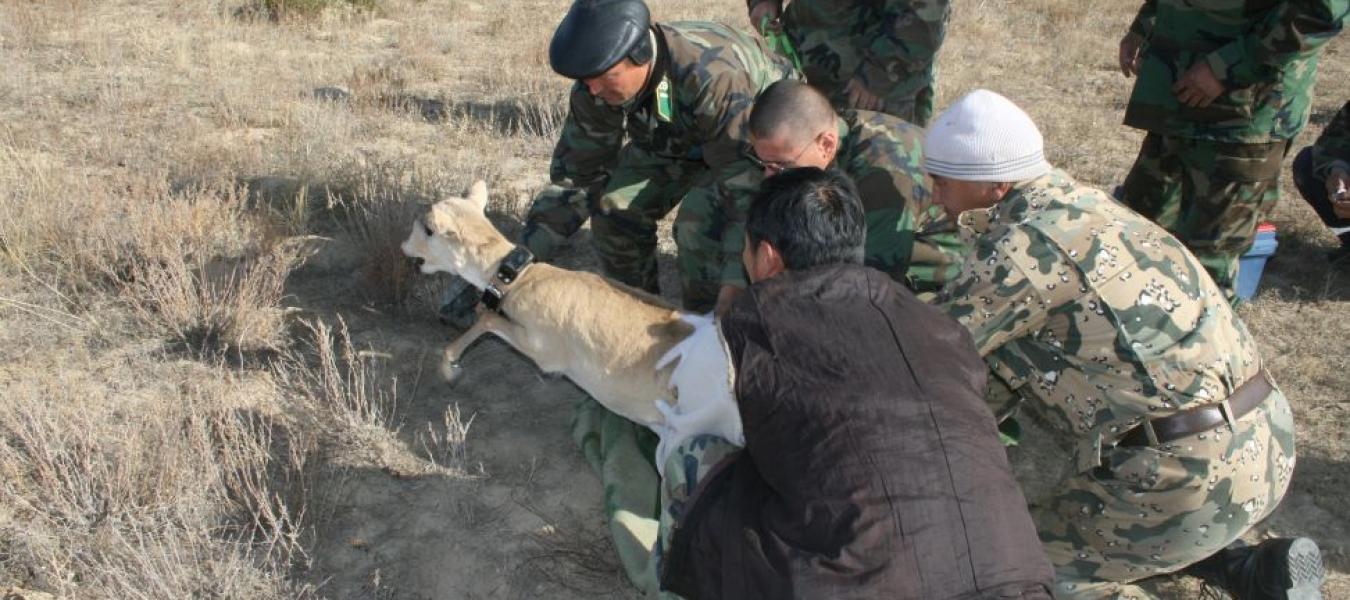Evaluating the use of local knowledge in species distribution studies – A case study of Saiga antelope in Kalmykia, Russia; Jenny Leon, MSc Thesis

Species distribution modelling (SDM) is a rapidly growing field, with modellers looking for fast and cost effective methods of recording species occurrence data. Participatory monitoring using local ecological knowledge (LEK) to collect data cheaply, rapidly and over a wide spatial and temporal scale presents a good alternative to more traditional data collection methods.
A case study of the saiga antelope in Kalmykia, Russia has been used to highlight the merits and shortcomings of utilising LEK. From participatory monitoring data collected using LEK, the current overall saiga distribution has been identified, as well as seasonal distributions within this. These data suggest that species typical mass migrations may no longer be occurring to the same extent as in the past. Finally, data was collected to investigate people's perception of the factors controlling current saiga distribution, this raised important information specifically about water availability that will complement future SDMs produced for the region. This study provides an example of how the reliability of participatory monitoring data can be tested, using GLMs to evaluate the factors affecting the probability of a respondent reporting a saiga occurrence. This is achieved by evaluating the relative importance of three different categories of explanatory variables; biological, observational and attitudinal in determining whether respondents report a saiga sighting. The results demonstrate that this probability varies over time. Biological variables and time people had lived on their farm best describe the probability of reporting having seen saigas prior to 1991, whereas for the last 12 months attitudinal variables become the significant factor, suggesting that reliability may be compromised by misreporting. This type of study is useful for guiding participatory monitoring towards SDMs.
